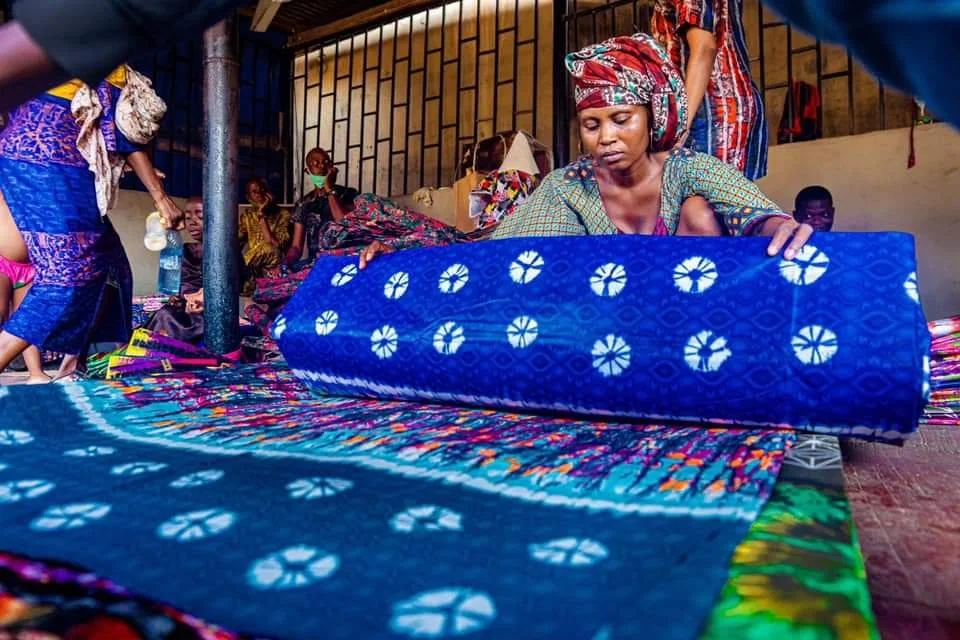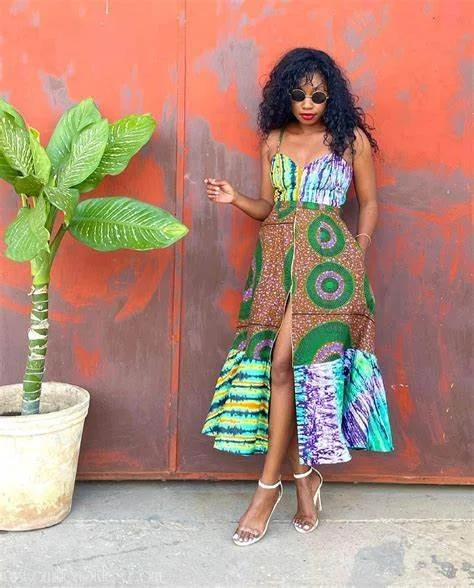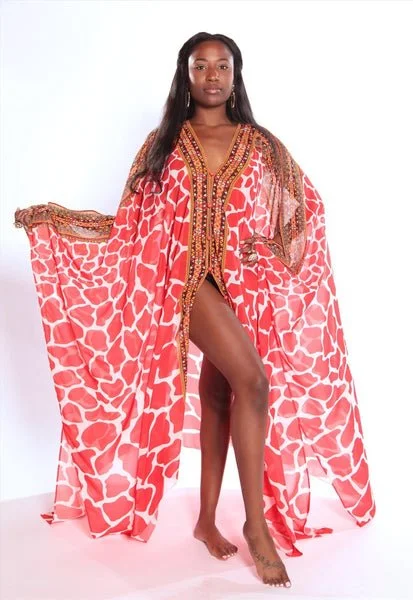Adire Fabric: A Rich History and Modern Revival in Nigerian Fashion
Adire fabric, a traditional Nigerian textile, is experiencing a resurgence in modern fashion as new designers infuse it with contemporary flair. To appreciate the significance of adire in today's fashion landscape, let's delve into its rich history and cultural heritage.
The creation of adire involves a meticulous process known as resist-dyeing, where specific parts of the fabric are treated to resist the absorption of dye, resulting in unique patterns. Originally worn by women as wrappers, adire gained international recognition in the mid-60s when it was used to craft men's shirts. Today, adire is celebrated for its versatility, seamlessly blending traditional craftsmanship with modern design aesthetics.
According to experts at the Victoria & Albert Museum, adire dyeing was traditionally conducted in large earthenware pots partially submerged in the ground. The dye, sourced from locally grown indigo leaves or imported indigo grains, was mixed with softened water and caustic soda. The fabric would be dipped into the dye, oxidized to achieve its signature bright blue hue, and repeatedly dipped for darker shades. Some fabrics were even beaten with a mallet to impart a subtle sheen.
Before dyeing, fabrics underwent various treatments to create intricate patterns. Raffia and starch were commonly used as resist agents. Adire oniko, characterized by patterns created with tied raffia, offered a wide range of designs, including circles formed by stones or seeds. Adire alabare utilized sewing as a resist method, with both hand and machine stitching employed to create patterns. While traditionally a craft practiced by women, men also contributed to adire production, particularly in machine-sewn fabrics.
Another technique, adire eleko, involved using cassava flour starch to resist indigo dye, resulting in vibrant patterns on one side of the cloth while the underside remained plain blue. Starch application could be stencil-based or hand-painted, offering greater creative freedom in pattern design.
Today, adire continues to captivate fashion enthusiasts with its timeless appeal and cultural significance. New designers are reimagining traditional fabrics like adire, seamlessly blending heritage craftsmanship with contemporary aesthetics to create unique, fashion-forward pieces. As adire fabric experiences a modern revival, it serves as a testament to Nigeria's rich cultural heritage and its enduring influence on global fashion trends.
















